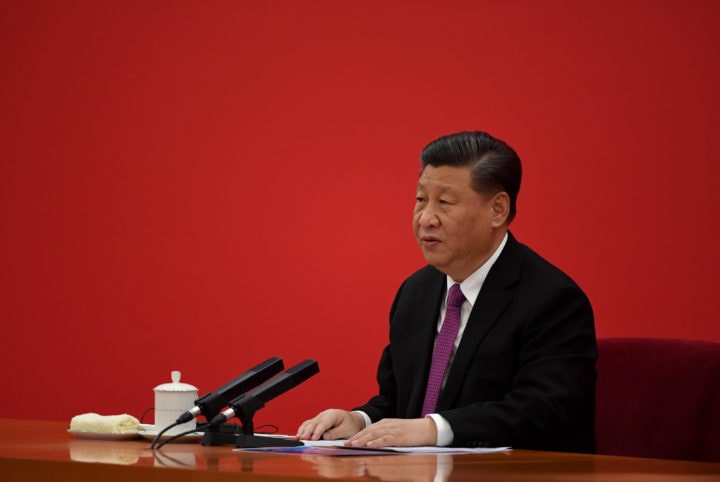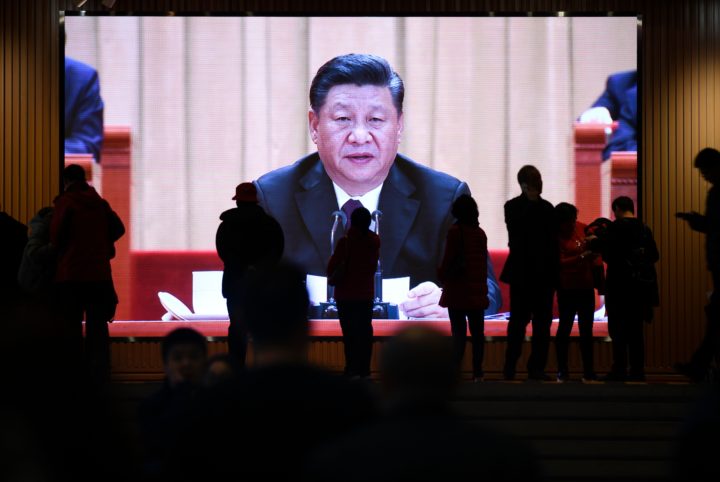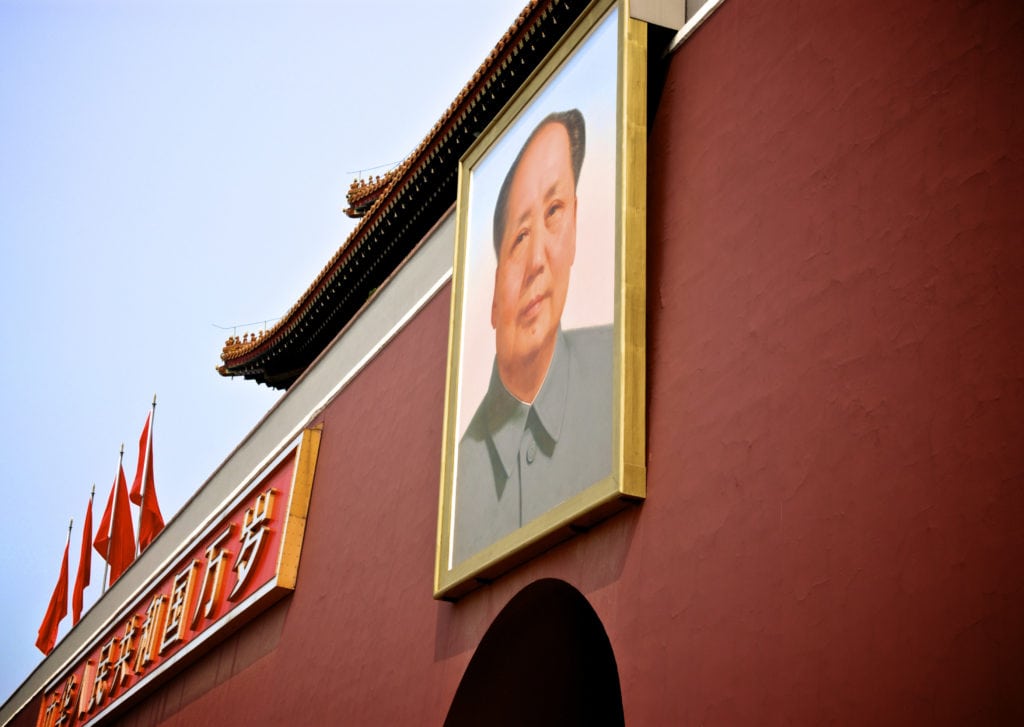
Australian businesses looking to crack the lucrative Chinese market will benefit from understanding cultural differences and knowing what Chinese consumers love.
Given China’s burgeoning middle class (an OECD report suggests it will rise by 850 million people by 2030) it’s no wonder Australian companies are looking to China for their fortunes, not unlike the optimistic Chinese immigrants during Australia’s gold rush of the 1850s.
But conducting business in China can be a daunting task.
Just navigating the cultural and political challenges of China’s 23 provinces, five autonomous regions and two Special Administrative Regions can be complicated.
Knowing how to do business there can be the difference between ‘rivers of gold’ and ‘cry me a river’.
Cultural differences
Monash Business School Professor Hean Tat Keh is uniquely placed to understand the subtle cultural differences between Chinese consumers and their Western counterparts.
A third-generation overseas Chinese from Malaysia, he obtained his PhD in the U.S. and taught at the prestigious Peking University in Beijing for seven years. Based on his time there, his interactions with Chinese managers and entrepreneurs, extensive research in collaboration with Chinese scholars, and teaching at the Southeast-Monash joint graduate school in Suzhou, China, he has developed keen insights in doing business with China.
He recounts a story where he noticed a Chinese colleague had two packets of cigarettes and would switch between the two. One was a prestige brand which he would offer to friends and colleagues, the other a cheaper brand for his own personal use.
“This tale perfectly illustrates the importance to the Chinese of mianzi, or face,” Professor Keh says.
We may call it saving face, but it goes to reputation, self-respect, prestige and honour that defines the lengths someone will go to ensure they are thought of in a favourable light among their peers.
The importance of luxury branding can also be seen with gift giving, at festivals such as the Mid-Autumn Festival, where mooncakes are exchanged.
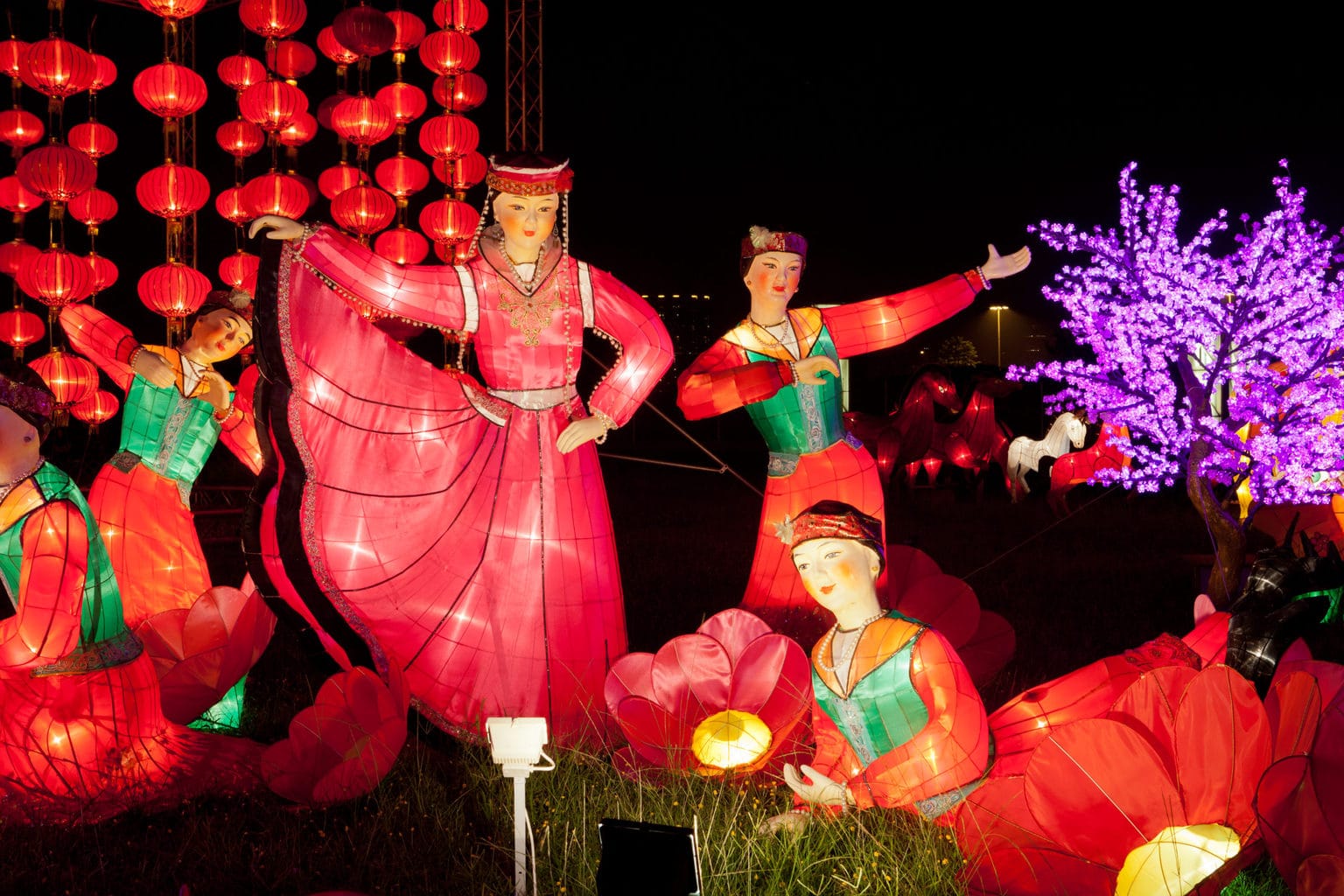
“In some cases, the packaging is worth more than what is inside – with silk and other elaborate materials in the packaging of the mooncakes. If you wanted to have a mooncake yourself, you would buy one in a simple wrapper at a much cheaper price, with essentially the same key ingredients,” Professor Keh says.
Relationship building
Insight into what the Chinese call ‘guanxi’ is important if you are working with businesses based in China. While this concept translates broadly into ‘relationship’, Professor Keh explains that such relationships tend to be quite deep.
“They want to form a personal connection first,” he says. “Then when they have confidence that this relationship will be long-standing and mutually beneficial, that’s when they will start talking business.”
From a Western perspective, a business person puts a lot of faith in the contract they have drawn up, which is not to say that the Chinese don’t care about legal contracts, because they do. But for Western business people who are trying to form a relationship with a Chinese business person, these things will take time.
His advice? “Try not to look at doing business with the Chinese as merely ‘doing business’. Try to understand their perspective of developing ‘guanxi’ that will see you forge long-term relationships built on mutual trust.”
Not just for big brands
Research from Monash Business School’s Department of Marketing suggests you don’t have to be a big brand in Australia to crack this money-spinning market.
The ABC (Australian Brands in China) Index 2018 monitors the ‘health’ of Australian brands in China. This inaugural report canvassed 5,464 Chinese men and women (aged from 18 to 57 years) across the six Chinese regions of Hebei, Beijing, Shanxi, Tianjin, Guangdong and Shanghai.
In the report, funded by Digital Crew, Dr Eugene Chan looks at which brands are widely recognised by the Chinese.
While household names such as Qantas, Coles and Weet-Bix, featured strongly in the top ten brands, the unlikely holder of the number one spot was little-known beauty brand Australian Creams.
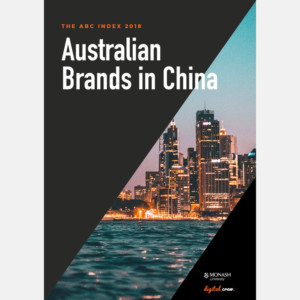
Dr Chan explains that of all the beauty brands in the top 10 only one (Aesop) has a physical footprint.
“The other brands recognised in China were either known because people had visited Australia or friends and family had recommended them or they found them online,” Dr Chan says.
“Australian brands might not necessarily need to have a physical presence in China. What they need are strong partnerships, whether that be a joint venture, distributors, or a marketing partner.
“They need to take a long-term view of their market presence in China, and they must have regular and up-to-date market intelligence. China is a significant and growing market for Australia and it is important for brands to really understand how it works if they hope to succeed.”
Fundamental to what business approaches will work is understanding China’s history, traditions and culture.
For example, in China, individual physical fitness and health are important, explaining the huge success of Australian vitamin companies such as Blackmores and Swisse.
The 2008 Chinese milk scandal led the way for Australian powdered milk to become hugely popular in China. But beneath this, is the Chinese obsession with excellence and high quality. They will pay more if the quality is there.
Exporting our sporting expertise
And nothing reeks of success to Australians more than our sporting prowess.
It may seem unlikely that Australia could export sport, given the popularity of traditional Chinese sports such as martial arts, ping pong and badminton.
However, Monash Business School alumna and Marketing lecturer Brigette McGuire says the opportunity for Australian sport is that while sport is a mature market here, in China it’s in the development stage with significant opportunity for growth.
“They are looking to us to gather expertise and experience. We are seeing tennis tournament directors, coaches and others working in China to help them on the ground developing their own players and tournaments,” McGuire says.
The Australian Open tennis tournament was one of the first Australian sporting events to understand the attraction of the region, taking the positioning as the grand slam of Asia Pacific in the 90’s. During her time as Marketing Director of the Australian Open, it was clear that China provided an opportunity for growth from potential commercial partners and tourism.

“Tennis has become popular in China thanks to a wonderful global ambassador in Li Na, (winner of 2014 Australian Open and the first Chinese player to win a grand slam) but when we were trying to grow the brand awareness of the event on the ground in China, we worked with local agencies to set up a live site in Shanghai for local fans during the women’s and men’s’ finals, which was broadcast globally.”
McGuire explains that understanding the correct paths to market and liaising with key people who are familiar with the cultural and political differences is important. And obviously, language is critical.
“It is not only Mandarin but the local dialects as well. A lot can be lost in translation. It’s important to have interpreters who can give you some insight into the discussion. It’s a case of think global, act local,” McGuire says.
McGuire says it is important to realise there are so many markets in China – big cities that are not Beijing or Shanghai also have huge populations – and it’s important to understand the differences between the regions and perhaps take on one region at a time.
